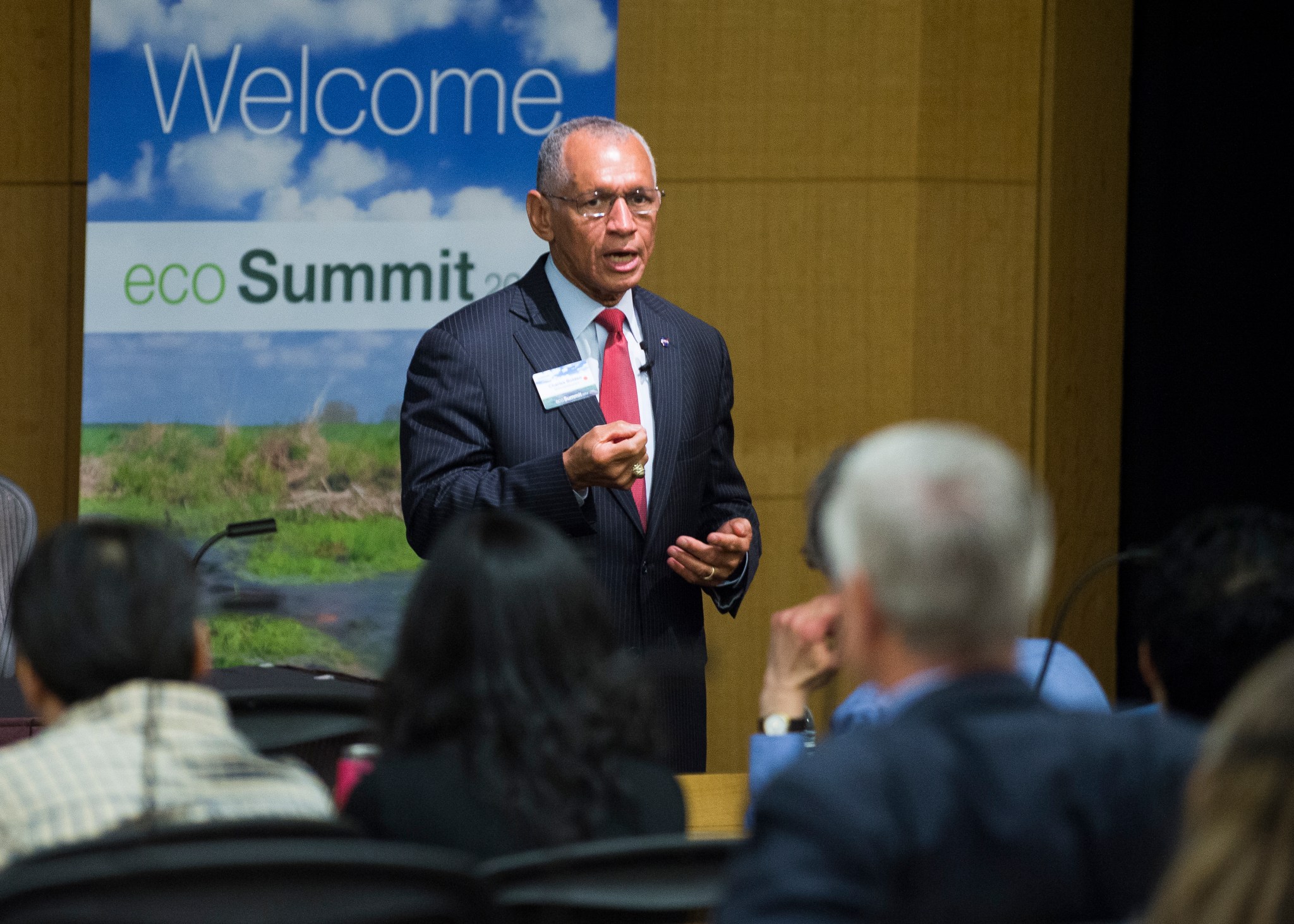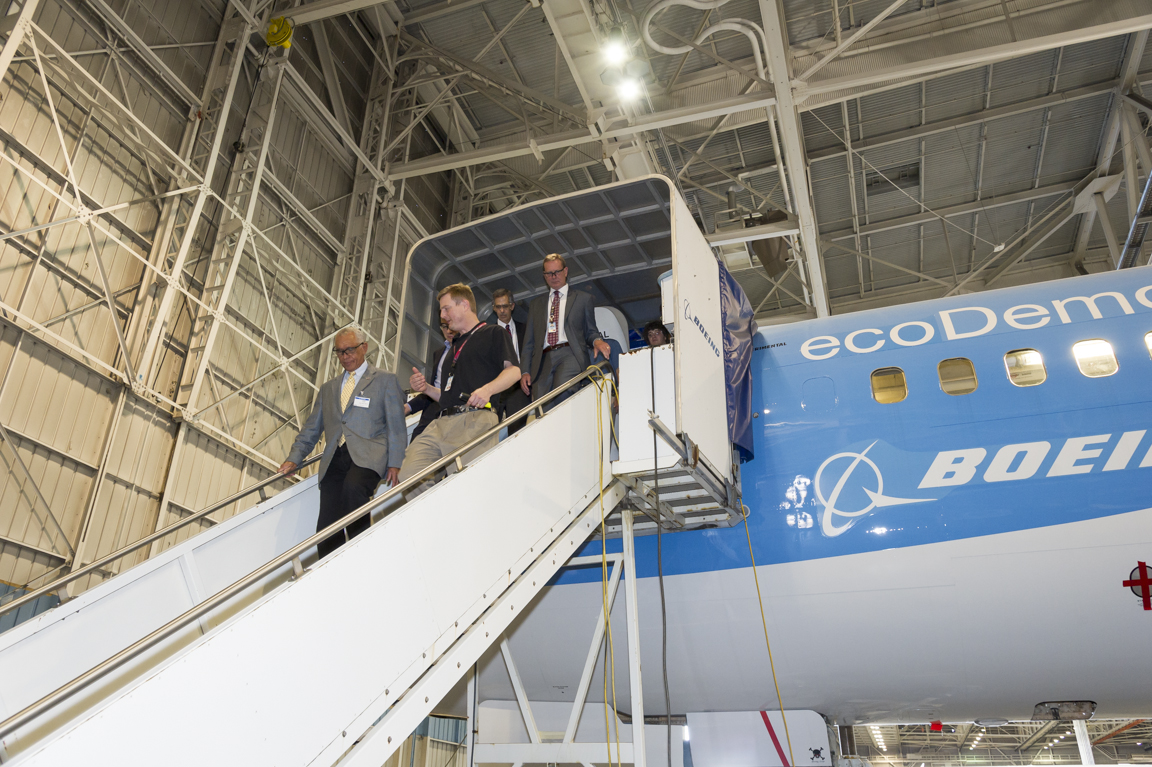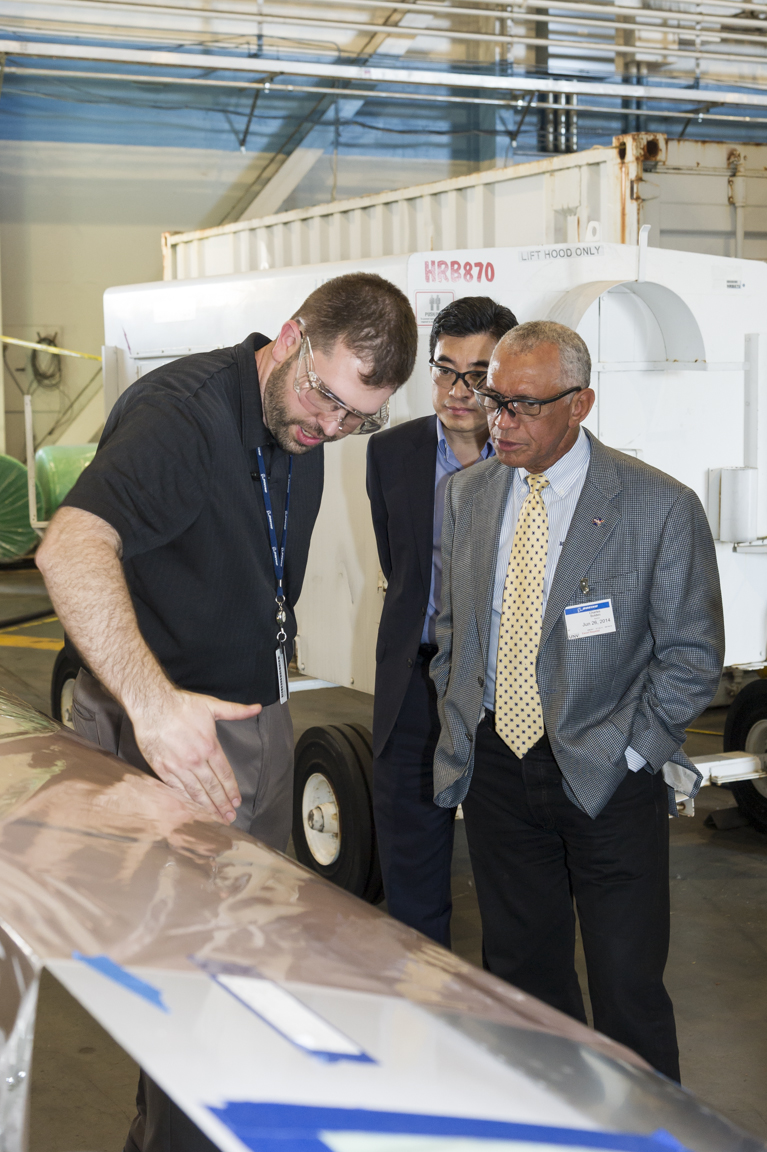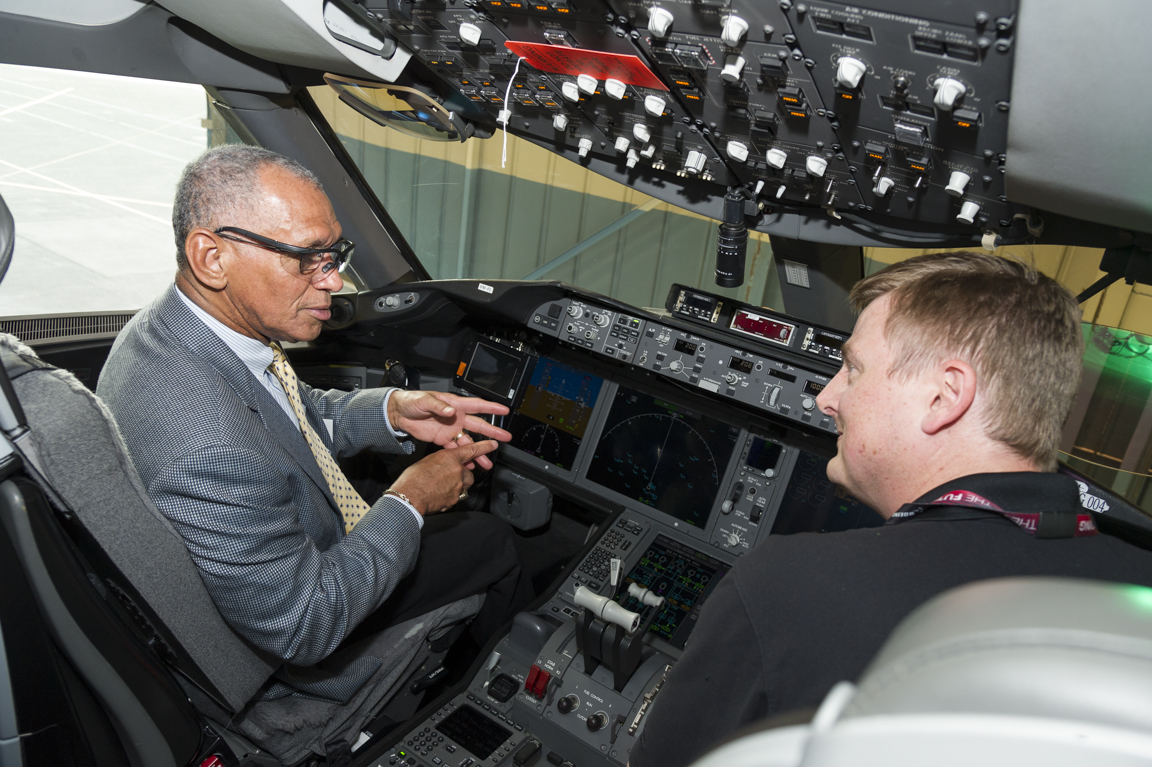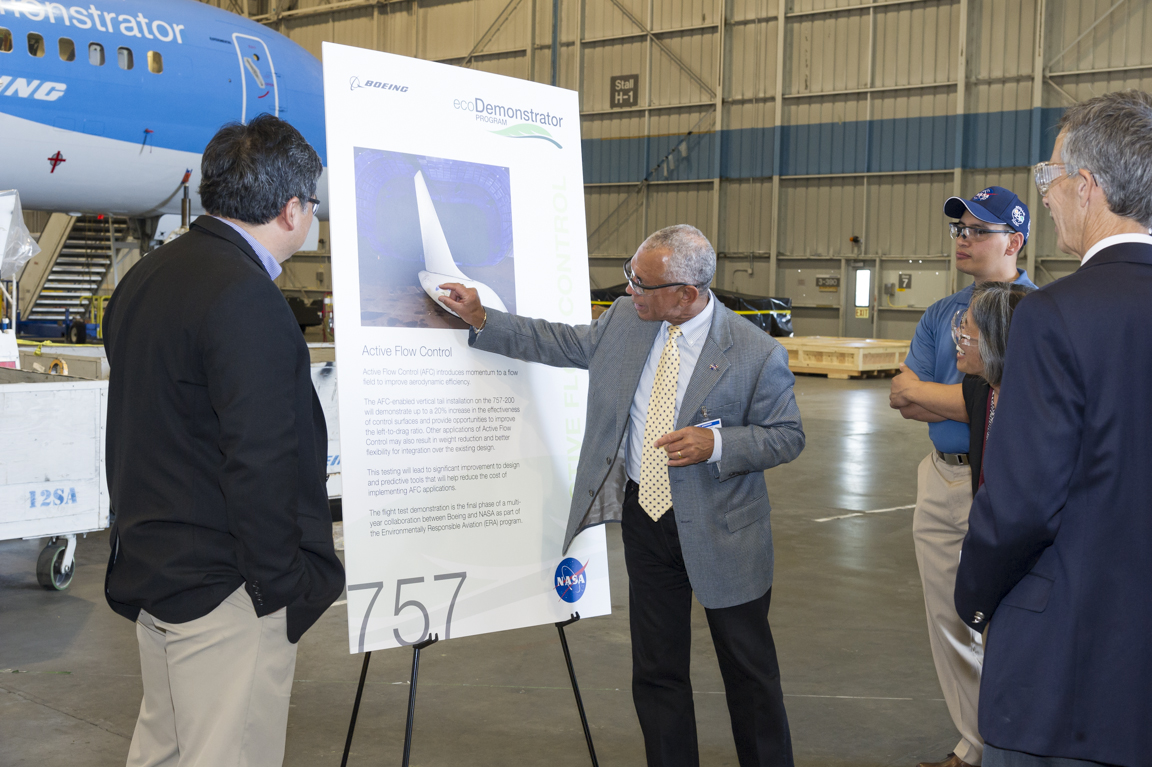NASA Administrator Charles Bolden had a rare opportunity to address the representatives responsible for environmental compliance at U.S. and international airlines during a recent industry event in Seattle.
Organized by The Boeing Company, ecoSummit was a two-day event that provided industry participants with a chance to talk peer-to-peer about how they make airline operations more environmentally sustainable for the long term.
Bolden kicked off the first day of the summit with a keynote address highlighting what NASA has already done to reduce aviation’s environmental impact and which technologies are on the horizon that could benefit airlines.
Greening aviation is one of our top goals at NASA. It’s at the forefront of a lot of our cutting edge work to open the aviation frontiers of tomorrow, and it’s very important to us. Our vision is to deliver technical solutions for the challenges facing the existing global air transportation system, and our foundation is built on understanding emerging global trends.
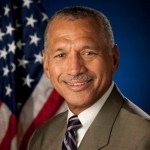
CHARLES BOLDEN
NASA Administrator
Research leaders from NASA’s Aeronautics Research Mission Directorate (ARMD) participated in break-out sessions on issues airlines care about: biofuels, operational efficiency, and airplane technologies that reduce fuel use, emissions and noise.
“Boeing and NASA are strong partners in advancing technology that will improve commercial aviation’s environmental performance, including collaboration to test new technologies on Boeing’s ecoDemonstrator Flight Test Airplanes,” said John Tracy, Chief Technology Officer and Senior Vice President of Engineering, Operations & Technology at Boeing. “NASA plays a critical role in civil aviation as well as space exploration.”
A centerpiece of the event was Boeing’s ecoDemonstrator development and flight test program. Aircraft in this program are specially outfitted with experimental technologies designed for use on future airliners and currently being tested by Boeing or its partners such as NASA or the Federal Aviation Administration. NASA will fly three experimental technologies on ecoDemonstrator aircraft beginning this fall and running into next year to demonstrate their capabilities.
“Flight test programs like ecoDemonstrator provide us with resources we can’t afford on our own, such as access to current generation large transport aircraft, to test technologies that we and industry know can make a difference in air travel,” said Dr. Jaiwon Shin, ARMD associate administrator. “In the past, partnerships like this have resulted in technologies with very real benefits, such as the chevron nozzles that are now on some jet engines to dramatically reduce noise inside and outside the aircraft cabin.”
This year, the Boeing ecoDemonstrator 787 will be flown to test a NASA-developed air traffic management tool designed to help pilots maintain safe spacing with aircraft in front of them during its approach to an airport.
In 2015, the Boeing ecoDemonstrator 757 will be equipped with two NASA technology demonstrations. The first uses active flow control on the aircraft’s tail to determine if future tail designs can be altered to reduce drag. The second will test the effectiveness of coatings applied to a section of one wing’s leading edge to see how well they reduce residue buildup from insect impacts during flight. As small as the issue of bug residue might seem, any disruption in the smooth flow of air over the surface of a wing increases drag. Ground tests have already demonstrated that the coating reduces drag and improves fuel efficiency.



























